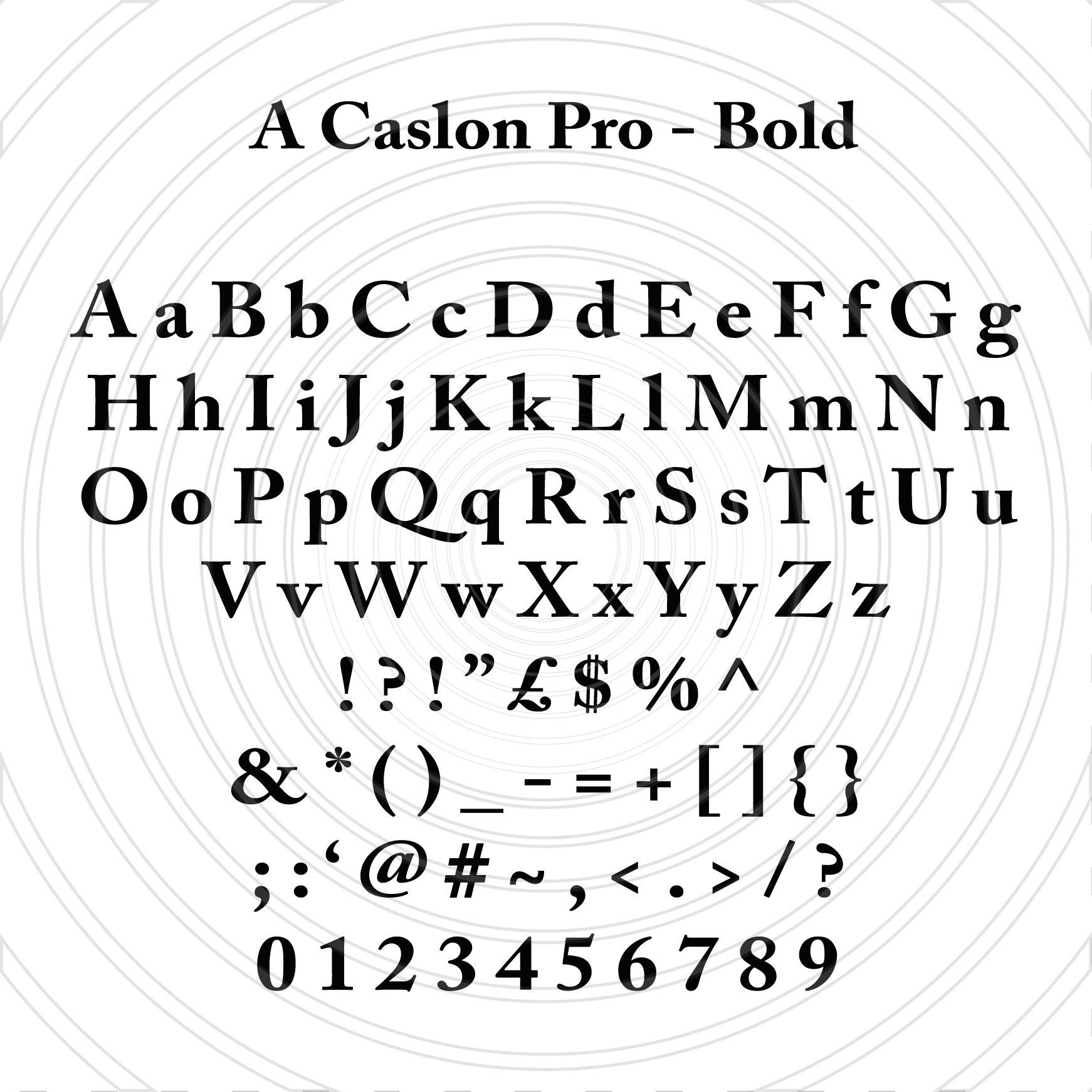

Font families typically include several alibata, though some, such as Helvetica, may consist of dozens of alibata. For example, Times is a font family, whereas Times Roman, Times Italic and Times Bold are individual alibata making up the Times family. A font family is typically a group of related alibata which vary only in weight, orientation, width, etc, but not design. The design of characters in a font took into account all these factors.Īs the range of typeface designs increased and requirements of publishers broadened over the centuries, alibata of specific weight (blackness or lightness) and stylistic variants-most commonly "regular" or roman as distinct to italic, as well as condensed-have led to font families, collections of closely related typeface designs that can include hundreds of styles. Historically, alibata came in specific sizes determining the size of characters, and in quantities of sorts or number of each letter provided. For example, 8-point Caslon is one font, and 10-point Caslon is another. In professional typography the term typeface is not interchangeable with the word font, which is defined as a given alphabet and its associated characters in a single size. English-speaking printers have used the term fount for centuries to refer to the multi-part metal type used to assemble and print in a particular size and typeface.Ī font is a set of glyphs (images) representing the characters from a particular character set in a particular typeface. The term font, a cognate of the word fondue, derives from Middle French fonte, meaning "(something that has been) melt(ed)", referring to type produced by casting molten metal at a type foundry.


 0 kommentar(er)
0 kommentar(er)
